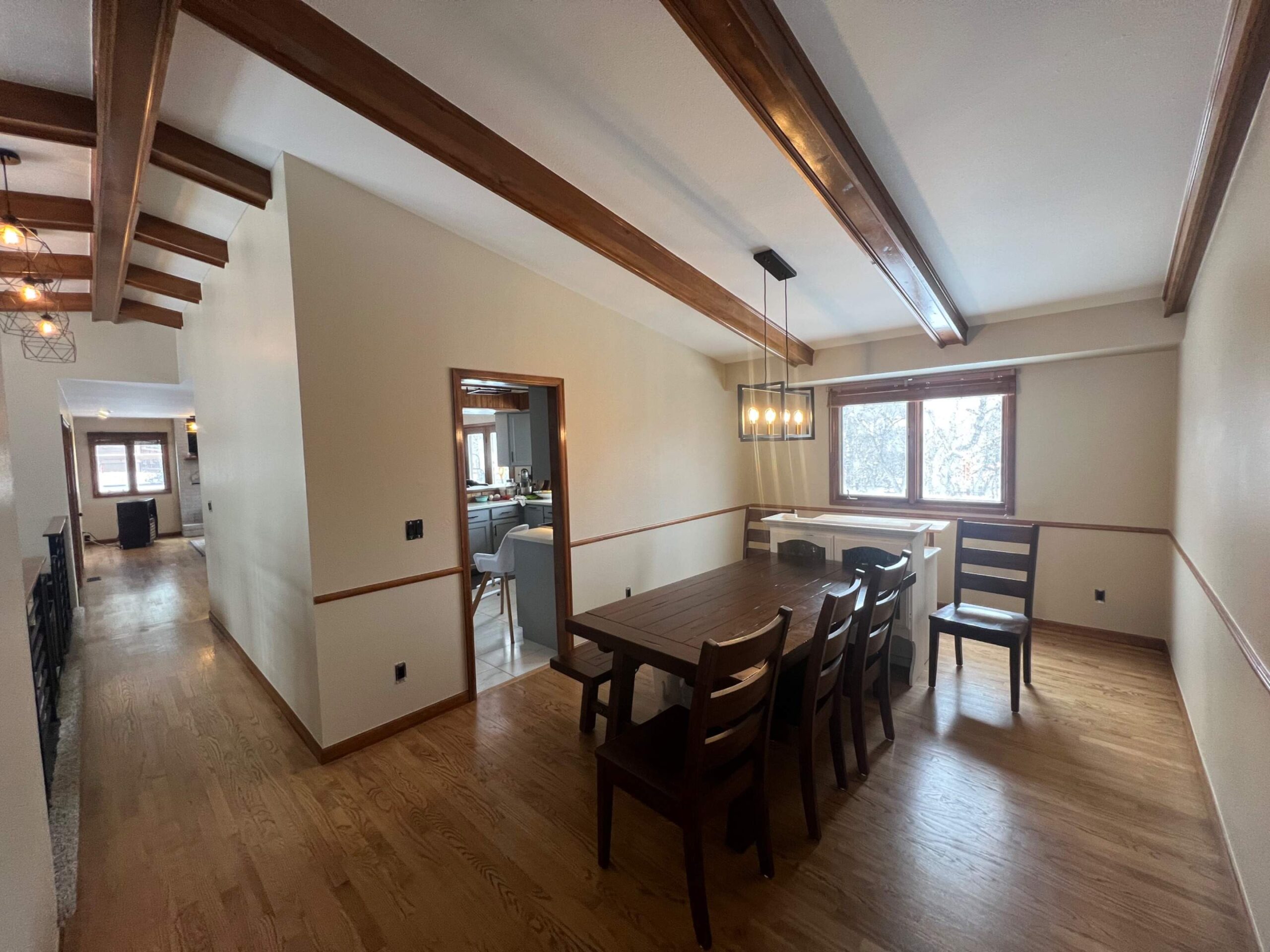Introduction
When it comes to home improvement, one of the most impactful ways to enhance your property’s curb appeal is through exterior painting. Not only does a fresh coat of paint elevate the aesthetic appeal of your house, but it also serves as a protective barrier against nature's elements. But how do you ensure that your exterior paint job lasts? That’s where our Exterior Painting Secrets for a Long-Lasting Finish come into play. This comprehensive guide will walk you through everything from selecting the right materials to hiring professional painters.
Exterior Painting Secrets for a Long-Lasting Finish
Choosing the Right Paint
One of the cornerstones of successful exterior painting is selecting the right type of paint. The exterior environment can be harsh, so it's crucial to choose high-quality paint that can withstand wind, rain, and UV rays.
Types of Exterior Paint
Acrylic Paint: Water-based and resilient, acrylic paints are popular for their flexibility and quick drying times. Oil-Based Paint: Known for its durability and rich finish, oil-based paints are ideal for surfaces like wood but take longer to dry. Latex Paint: A versatile option that offers easy cleanup and good adhesion.Why Quality Matters
Using high-quality paints ensures that you get better coverage with fewer coats, thus saving time and money in the long run. Cheap paints may require multiple applications and could fade or peel faster.
Understanding Your Surface Material
Different surfaces require different treatments. Whether your house is made of wood, stucco, or brick, understanding these materials will help you choose the right preparation methods painting contractors and products.
Wood Surfaces
For wood houses, proper sanding and priming are essential to prevent peeling and prolong the life of your paint job.
Stucco Surfaces
Stucco requires special attention due to its porous nature; using a primer designed for stucco can significantly improve adhesion.
Proper Preparation Is Key
Preparation is often overlooked but is critical in achieving a long-lasting finish.
Cleaning Your Surface
Before applying any paint, clean the surface thoroughly to remove dirt, mold, or previous flaking paint.
Use a power washer if necessary. Scrub stubborn areas with soap and water. Let it dry completely before proceeding.Repairing Damages
Inspect for cracks or holes in your wall; repairing these damages https://www.instagram.com/elkhornpainting/ will result in a smoother finish that lasts longer.
The Importance of Primer
Many homeowners underestimate the importance of using a primer before painting.
What Does Primer Do?
- Acts as an adhesive layer for better paint adherence. Helps block stains from bleeding through. Provides an even base color which enhances final results.
Weather Considerations for Exterior Painting
Timing is everything when it comes to painting exteriors—choose your day wisely!
Ideal Conditions
Look for dry days with mild temperatures between 50°F to 85°F (10°C to 29°C).
Avoid Extreme Weather Conditions
Avoid windy days; they can lead to uneven application or mess up your efforts by blowing debris onto wet paint.
Choosing Professional Painters vs DIY
Should you hire professional painters or take on the project yourself? Let's weigh the options!
Benefits of Hiring Professionals
- Experience: Professional painters know how to achieve optimal results quickly. Equipment: They have access to specialized tools that make jobs easier. Warranty: Many companies offer warranties on their work which adds peace of mind.
DIY Considerations
If you're up for it, DIY can save you money but requires commitment! Make sure you understand what you're getting into—research techniques beforehand!
Applying the Paint Correctly
Once preparation is complete, it's time for application!

Brush vs Roller vs Spray Gun
Each method has pros and cons:
| Method | Pros | Cons | |-----------|-------------------------------|---------------------------| | Brush | Great control | Takes longer | | Roller | Fast coverage | Less detail | | Spray Gun | Even coat | Requires more prep work |
Layering Techniques Explained
Applying multiple layers can enhance durability but requires patience:
Apply thin coats rather than thick ones. Allow each layer to dry fully before adding another. Typically two coats are recommended unless otherwise specified by the manufacturer.Finishing Touches—Sealing Your Work
After allowing adequate drying time, consider applying a clear sealant over your painted surface!
Why Seal?
Sealing provides additional protection against moisture and UV rays while enhancing color vibrancy!
FAQs About Exterior Painting
1. What’s the average cost of hiring professional exterior painters?
The cost varies based on size and complexity but typically ranges from $2-$6 per square foot.
2. How often should I repaint my house's exterior?
Generally every 5-10 years depending on material quality and climate conditions!
3. Can I paint over old paint?
Yes! However, ensure proper cleaning & preparation; peeling old paint should be removed first!
4. What’s better: oil-based or water-based paints?
Water-based (like acrylic) is generally preferred today due to lower VOCs & quicker drying times!
5. Is primer necessary every time?
For optimum results yes; especially if changing colors radically or painting porous surfaces!
6. Can weather affect my painting job?
Absolutely! High humidity & damp conditions can ruin adhesion & finish quality!
Conclusion
In conclusion, following these Exterior Painting Secrets for a Long-Lasting Finish can make all the difference in achieving that beautiful look while ensuring durability against weather elements. By choosing quality materials, preparing adequately, hiring skilled painters when needed, and applying correctly—you'll find that not only does your home look fantastic but stays protected too! So roll up those sleeves (or hire those experts), because this transformation awaits!